Embarking on a journey to the iconic Boston Marathon is an exhilarating adventure filled with the promise of athletic achievement and vibrant cultural experiences.
Whether you’re a seasoned runner preparing to conquer the historic course or a dedicated spectator eager to soak in the marathon’s energy, navigating Boston requires strategic planning.
The city comes alive during this annual event, offering a unique blend of athleticism and New England charm. In this guide, we’ll explore essential Boston Marathon travel tips to ensure a seamless and unforgettable experience, from accommodation choices to exploring the city’s rich history.
These tips aim to enhance both the practical aspects of your journey and the overall enjoyment of one of the world’s most celebrated marathons.
Boston Marathon Travel Tips
The Boston Marathon is one of the oldest and most prestigious marathons in the world and a thrilling event that attracts runners and spectators from around the globe.
As you prepare for your journey to Boston to either run or cheer on participants, here are 15 travel tips to enhance your experience:
1. Accommodation Planning
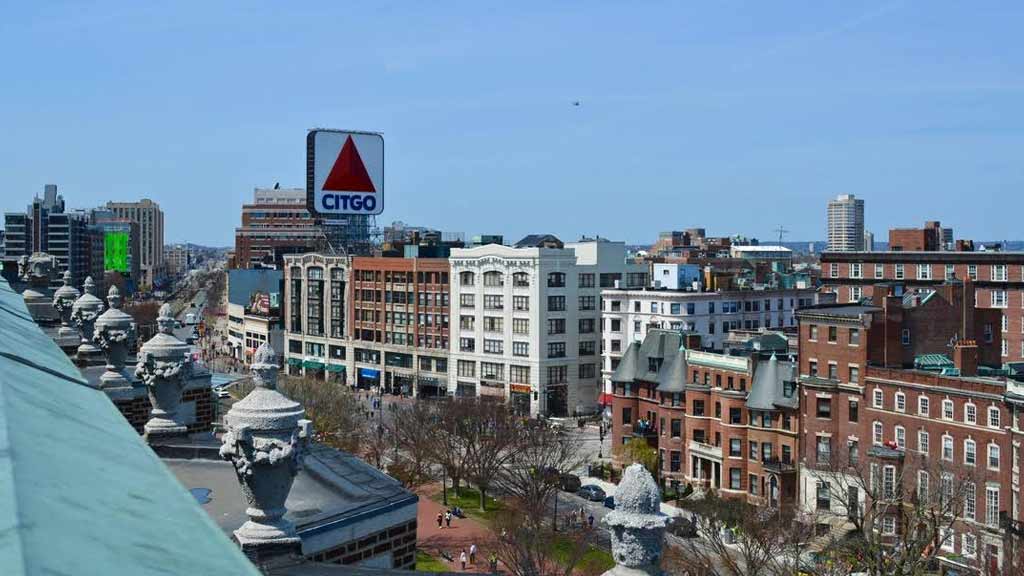
Securing accommodations well in advance is crucial, as Boston becomes a hub of activity during the marathon weekend. Many participants and spectators book hotels in proximity to the start and finish lines, ensuring convenience and a vibrant atmosphere.
Consider staying in areas like Back Bay or Fenway for easy access to both the racecourse and Boston’s iconic landmarks.
2. Public Transportation Savvy
Navigating Boston during the marathon requires an understanding of the city’s public transportation system. The Massachusetts Bay Transportation Authority (MBTA) offers a convenient way to get around.
Purchase a CharlieCard or CharlieTicket for seamless travel on buses and trains, ensuring you can effortlessly reach various points along the marathon route without the hassle of traffic and parking.
3. Weather-Ready Attire
New England weather can be unpredictable, even in April. Check the weather forecast leading up to the marathon and pack accordingly. Be prepared for a range of conditions, from cool mornings to warmer afternoons.
Layered clothing and a waterproof jacket can help you stay comfortable, whether you’re running the race or cheering from the sidelines.
4. Explore Beyond the Marathon
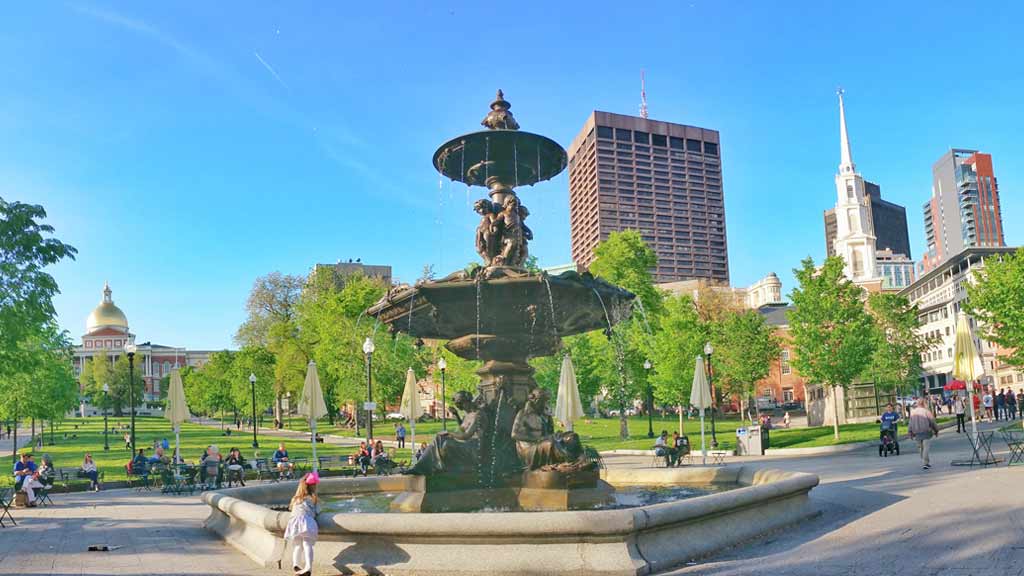
While the marathon is undoubtedly the highlight, take some time to explore Boston’s rich history and cultural attractions. Visit landmarks like the Freedom Trail, Boston Common, and the historic neighborhoods of Beacon Hill and North End.
Engaging in these activities will provide a well-rounded experience and make your Boston visit even more memorable.
5. Hydration and Nutrition
Whether you’re a runner or a spectator, staying hydrated and well-nourished is essential. Carry a reusable water bottle to stay hydrated throughout the day, especially if you plan to be outdoors for an extended period.
Boston offers a diverse culinary scene, so explore local eateries for a taste of the city’s delicious food scene. Plan your meals to ensure you have the energy to fully enjoy the marathon festivities.
6. Spectator Hotspots
Identify prime viewing spots along the marathon route to ensure a memorable experience. Heartbreak Hill, around the 20-mile mark, is a popular spot where the runners face a challenging ascent.
The atmosphere here is electric, offering a chance to witness both the physical and emotional determination of the participants. Additionally, Kenmore Square and Boylston Street near the finish line provide a thrilling vantage point to cheer on the runners as they complete their journey.
7. Pre-Race Carb Load
For runners, fueling properly before the marathon is crucial. Explore the local culinary scene and find restaurants that offer a variety of carbohydrate-rich options, such as pasta dishes or rice-based meals.
Many establishments in Boston cater to the pre-race carb-loading tradition, providing the energy boost needed for optimal performance on race day.
8. Familiarize Yourself with the course
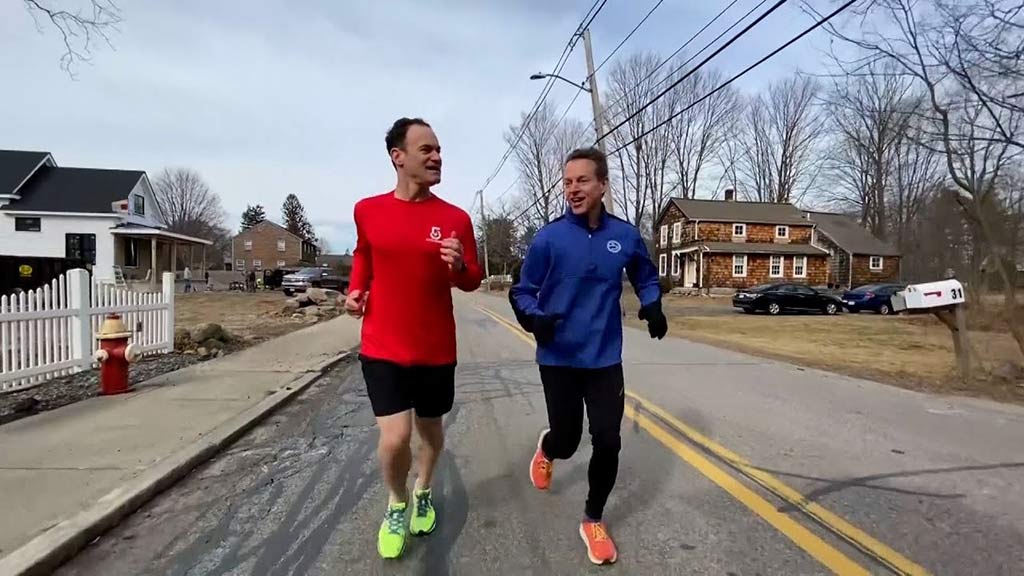
Whether you’re running or spectating, understanding the course layout is essential. Familiarize yourself with key landmarks, elevation changes, and water stations.
This knowledge can help you plan your strategy, whether it’s pacing yourself as a runner or strategically positioning yourself as a spectator to catch the most exciting moments along the route.
9. Plan for Post-Marathon Celebrations
After the marathon, Boston comes alive with post-race celebrations. Plan for festivities, including gatherings at local pubs and restaurants.
The area around Copley Square and Boylston Street is a hub of activity, offering a chance to celebrate with fellow runners and spectators. Ensure you have comfortable attire for post-race relaxation and festivities.
10. Embrace the Marathon Spirit
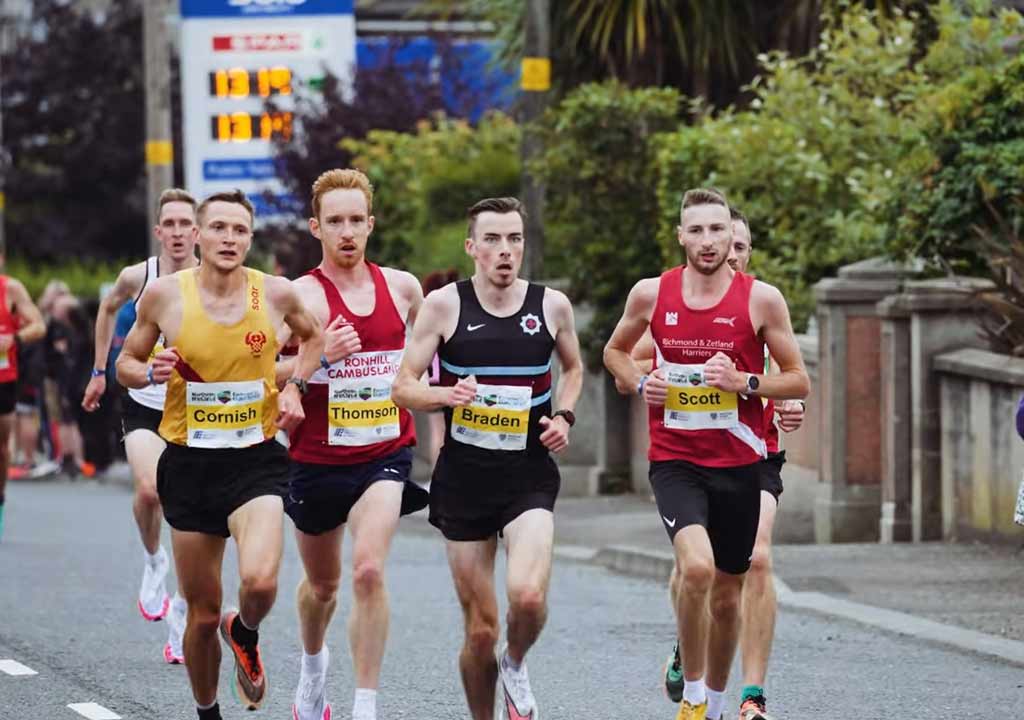
Engage with the local community to immerse yourself in the unique spirit of the Boston Marathon. Attend pre-race events, visit the marathon expo, and strike up conversations with fellow participants and spectators.
The marathon is not just a race; it’s a celebration of resilience, community, and the human spirit. Embracing this spirit will enhance your overall experience and create lasting memories.
11. Transportation Backup Plan
While public transportation is a reliable option, it’s wise to have a backup plan. Familiarize yourself with ride-sharing services or local taxi companies, especially if you need to get to the starting line early in the morning.
Having alternative transportation options ensures you won’t be caught off guard by any unexpected delays or changes in the public transportation schedule.
12. Supportive Footwear
For both runners and spectators, comfortable footwear is essential. If you’re planning to walk along the course to catch different vantage points, make sure to wear supportive shoes.
Runners should stick to the footwear they’ve trained in to avoid discomfort or blisters on race day. Consider bringing an extra pair of socks and comfortable shoes for post-race relaxation.
13. Capture the Moments

Bring a camera or use your smartphone to capture the vibrant moments of the marathon. The Boston Marathon is filled with emotional and inspiring scenes, from the start in Hopkinton to the finish on Boylston Street.
Documenting these moments will not only provide you with lasting memories but also allow you to share the experience with friends and family.
14. Check for Road Closures
Stay informed about road closures and traffic restrictions on race day. Plan your travel route accordingly to avoid any disruptions. The Boston Athletic Association provides detailed information about road closures, allowing you to navigate the city with minimal inconvenience.
This knowledge ensures a smoother experience, whether you’re heading to the starting line or trying to reach a specific spectator spot.
15. Volunteer Opportunities
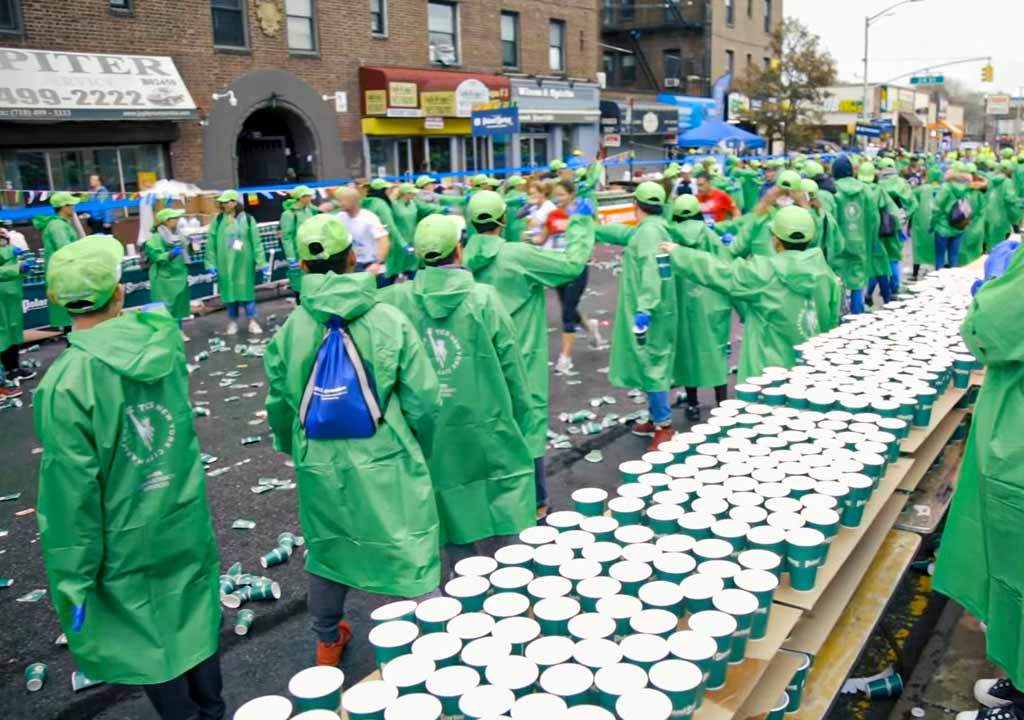
Consider giving back to the running community by volunteering for the marathon. Boston Marathon volunteers play a crucial role in ensuring the event’s success.
Whether you assist with water stations, distribute medals, or provide support along the course, volunteering allows you to actively participate in the marathon’s spirit and contribute to the overall positive atmosphere of the event.
How Do You Strength Train For The Boston Marathon?
Strength training is a vital component of preparing for the Boston Marathon, offering benefits such as improved endurance, injury prevention, and enhanced overall performance. Incorporating specific exercises into your training regimen can make a significant difference in your ability to tackle the demanding course.
Here are some effective ways to incorporate strength training into your Boston Marathon preparation:
Functional Strength Exercises
Focus on functional strength exercises that mimic the movements and demands of running. Squats, lunges, and step-ups are excellent choices as they engage multiple muscle groups, promoting overall stability and power.
These exercises strengthen the muscles used during running and contribute to better biomechanics, ultimately enhancing your running efficiency and endurance.
Core Strengthening
A strong core is essential for maintaining proper running form and preventing fatigue-related issues. Include exercises that target the abdominal, oblique, and lower back muscles. Planks, Russian twists, and leg raises are effective for building core strength.
A stable and engaged core not only improves your running posture but also helps transfer power from your lower body to your upper body, contributing to a more efficient stride.
Balancing and Stability Drills
Incorporate exercises that challenge your balance and stability, such as single-leg exercises and stability ball exercises. These drills improve proprioception and neuromuscular control, which are crucial for navigating uneven terrains during the marathon.
Improved balance can also reduce the risk of injuries by enhancing your body’s ability to adapt to varied surfaces and terrain.
Plyometric Training
Plyometric exercises, like box jumps, jump squats, and bounding, focus on explosive movements that engage fast-twitch muscle fibers. These exercises enhance your muscular power and efficiency, contributing to improved running speed and endurance.
Plyometrics also simulate the impact forces experienced during running, helping your body adapt and handle the demands of the marathon course more effectively.
Strength Endurance Workouts
Incorporate strength endurance workouts into your training routine to simulate the muscular fatigue experienced during a marathon. High repetition and moderate-weight exercises, such as kettlebell swings and bodyweight circuits, help build the stamina needed for the prolonged effort of long-distance running.
These workouts not only strengthen your muscles but also improve your mental resilience, preparing you for the mental challenges of the marathon’s later stages.
By integrating these strength training strategies into your Boston Marathon preparation, you’ll not only enhance your running performance but also reduce the risk of injuries and increase your overall resilience on race day.
Remember to consult with a fitness professional or coach to tailor these exercises to your specific needs and abilities.
FAQs
What’s the best way to navigate Boston during the marathon weekend?
Utilize the Massachusetts Bay Transportation Authority (MBTA) for convenient travel. Purchase a CharlieCard or CharlieTicket to access buses and trains, ensuring hassle-free transportation to various points along the marathon route.
How should I dress for the Boston Marathon, considering the unpredictable weather?
Pack layered clothing and a waterproof jacket. Check the weather forecast leading up to the marathon to prepare for cool mornings and potentially warmer afternoons.
Are there recommended viewing spots for spectators along the marathon route?
Heartbreak Hill, Kenmore Square, and Boylston Street near the finish line are popular viewing spots. These locations offer an exciting atmosphere and a chance to witness both the physical and emotional determination of the runners.
What other attractions should I explore in Boston beyond the marathon?
Take time to explore landmarks like the Freedom Trail and Boston Common and neighborhoods such as Beacon Hill and North End. Engaging in these activities adds a well-rounded experience to your Boston visit.
How can I stay hydrated and well-nourished during the Boston Marathon?
Carry a reusable water bottle for hydration. Explore local eateries for diverse culinary options and plan your meals to ensure you have the energy needed to enjoy the marathon festivities.
Conclusion
As the echoes of cheers and footsteps fade away, your Boston Marathon journey concludes with a tapestry of memories and accomplishments.
Navigating this iconic event requires more than just logistical finesse it demands an understanding of Boston’s unique spirit and the marathon’s rich tapestry.
By securing accommodations strategically, embracing local culture, and incorporating practical tips for race day, you’ve optimized your experience and connected with the essence of the Boston Marathon.
Whether you stood at the finish line or crossed it yourself, the journey through Boston’s historic streets becomes a testament to resilience, community, and the enduring allure of this remarkable race.
As you bid farewell to Boston, carry the marathon’s indomitable spirit with you, a reminder that every step taken in this city is a stride toward something extraordinary.
Naim Benmayor